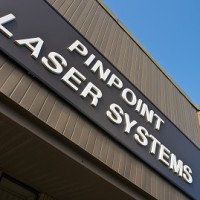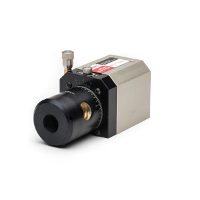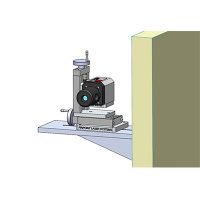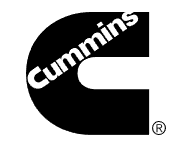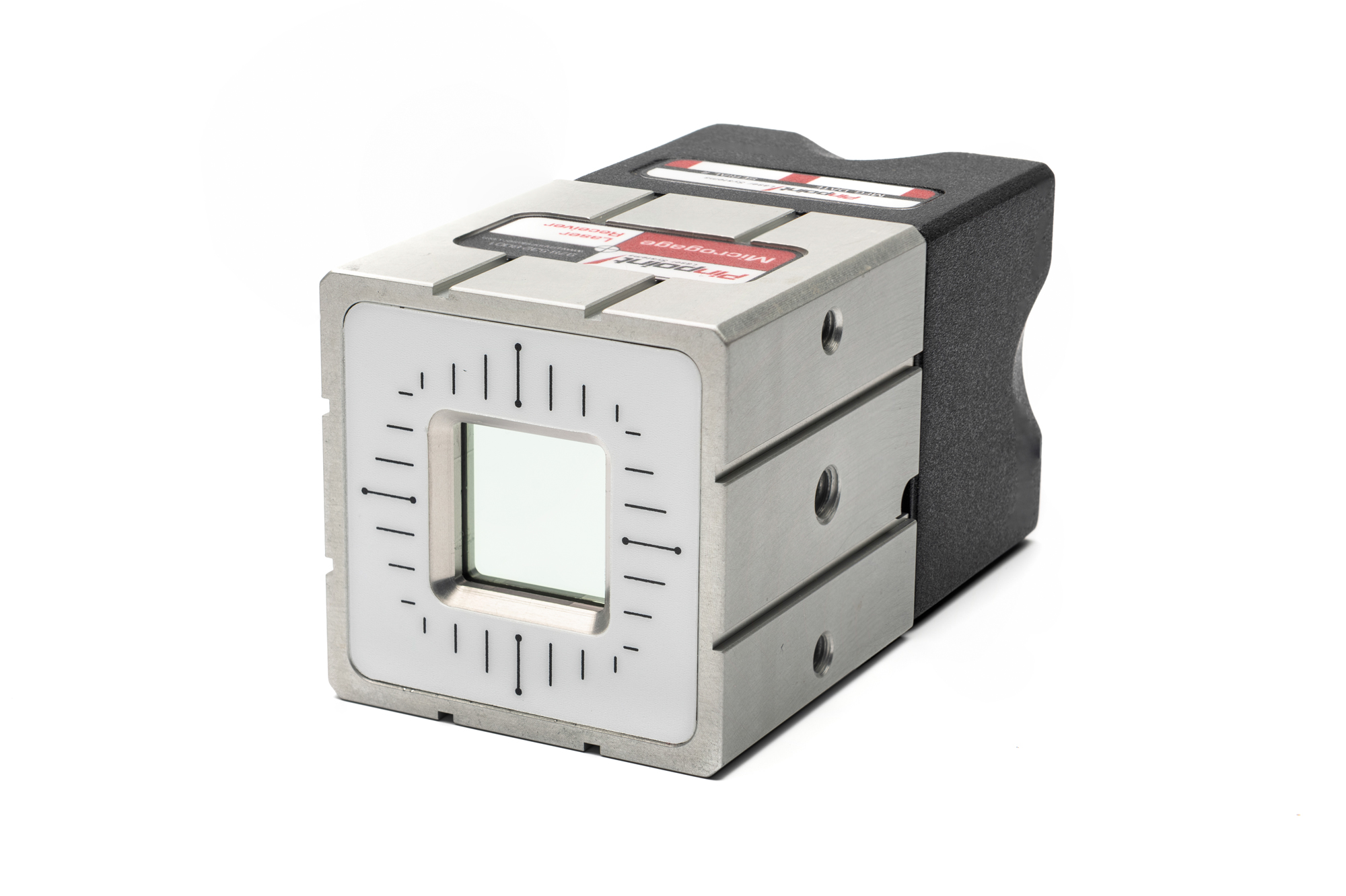
Laser alignment systems are widely used in industries such as manufacturing, automotive, aerospace to ensure the precise positioning of machinery, equipment and components for optimal performance and safety. These systems are more precise and user-friendly compared to traditional alignment methods like piano wire, optical transits, dial indicators and straight edges, providing superior accuracy for today’s high-precision engineering and manufacturing applications.
Components of Laser Alignment System
Laser alignment systems consist of three main components:
- Laser transmitter. Projects a laser beam that serves as a reference line for measurement.
- Laser receiver. Pairs with transmitters to detect and measure the laser beams, offering feedback on position, orientation, alignment or level.
- Digital readout. Displays real-time measurements that allows for real-time adjustments.
Differences Among Receivers
While the basic function of laser alignment receivers is similar, various models differ in range, accuracy, mounting options, environment resistance and other characteristics. Pinpoint laser receivers distinguish themselves from other models due to their functionality, precision and versatility.
Working Distance
Basic receivers typically have a short detection range, around a few inches to a few feet in one direction. In contrast, Pinpoint laser receivers measure linear displacement across the laser beam in one or two directions, depending on the model. These receivers operate over distances exceeding 100 feet, making them adaptable for various long alignment, leveling and positioning tasks.
Measurement Range
Many laser receivers measure only small displacements limiting their usefulness for measuring and alignment applications. Pinpoint laser receivers , and a variety of configurations and can typically measure 0.75 inch (18 mm) across the axis of the laser beam. Combined with fixtures and mounts, this enhanced range for aligning machinery, production equipment, engines and gearboxes, and moving assemblies.
Precision
Small misalignments can result in failures, part defects and unsafe conditions. Pinpoint laser receivers are capable of detecting minor shifts in displacement, measuring lateral displacement to within 0.0001 inch (2.5 micron) over a working range of 0.75 inch in two directions.
Durability
Many environments in manufacturing, transportation, energy and aerospace settings can be extremely challenging. Pinpoint laser receivers are machined from solid metal, with no internal moving parts, and are designed to resist water, dust and shocks, ensuring precise and long-lasting operation in industrial and outdoor settings.
Wireless or Cable Connection
Running long cables within a busy and active facility can be cumbersome and unsafe. Pinpoint’s Microgage Wireless Laser Receiver eliminates the need for cables while increasing the working range to 180 feet and portability of laser alignment equipment.
Receiver Window
The window on the receiver filters laser signals for alignment purposes. Pinpoint laser signal receivers feature a durable reflective window, allowing for a wider measurement range over distances of 150 feet or more. The laser beam can enter the receiver up to +12 degrees off-center with minimal influence on measuring accuracy.
Mounting
Proper mounting ensures that receivers remain securely positioned and correctly oriented throughout the alignment procedure. Pinpoint receivers can be mounted on magnetic mounts, fixtures, adjustable mounts, tripods, poles or equipment for easy operation and precise readouts. They do not have to be absolutely square to the incoming laser beam to function effectively and can tilt or twist several degrees in any direction while still providing accurate measurement. Their flexibility allows for various orientations and distances from the target, making them flexible for different applications.
Pinpoint receivers can be used in many geometric alignment applications, such as equipment straightness, gantry flatness, machinery squareness, rail and guide parallelism, bore alignment and more. By understanding the specific features of a laser alignment receiver, you can choose one that is most suitable for your specific needs.




